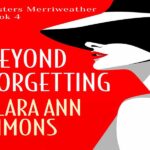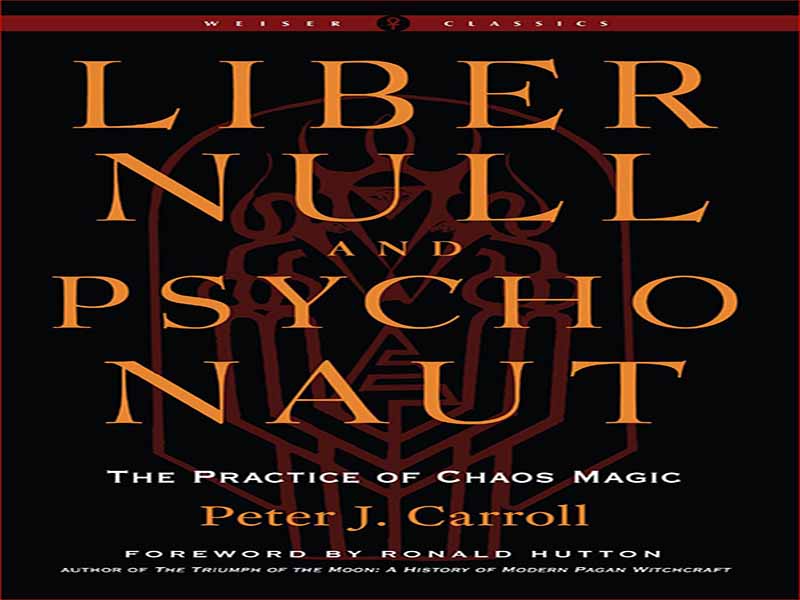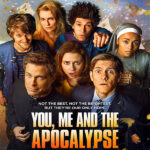- عنوان کتاب: LIBER NULL And PSYCHONAUT
- نویسنده/انتشارات: Liber Null and
- سال انتشار: 2022
- حوزه: مبانی روانشناسی
- تعداد صفحه: 224
- زبان اصلی: انگلیسی
- نوع فایل: pdf
- حجم فایل: 3.66 مگابایت
سحر و جادو یک هنر به شدت عملی، شخصی و تجربی است. دو موضوع اصلی در این کتاب وجود دارد: اینکه حالات تغییر یافته آگاهی، کلید باز کردن تواناییهای جادویی فرد است. و اینکه این توانایی ها را می توان بدون هیچ سیستم نمادینی به جز خود واقعیت توسعه داد. سبک جادویی تفکر با فصل هایی در مورد باور تصادفی و الفبای میل بررسی می شود. تمایل طبیعی به سمت تاریکتر جادو، نقطه خوبی است که میتوان از آن جستجوی نهایی را آغاز کرد، و نیمی از این کتاب به هنرهای سیاه اختصاص دارد. مستقل از کتابهای غبارآلود باستانی و رازآلودگی، عناصر حیاتی بسیاری از سنتها در اینجا برای خلق یک هنر زنده توطئه میکنند. جادوی آشوب از تکنیک های عملی بسیاری از سنت های تاریخی از شمنیسم باستان گرفته تا جادوی بت پرستی کلاسیک تا سنت های مدرن تر مانند طلوع طلایی، Crowleyan Argentum Astrum و Zos Kia Cultus از آستین اسپر الهام می گیرد. این کتاب که در اصل به عنوان منبعی برای یک گروه مخفی از شعبده بازان آشوب نوشته شده بود، اکنون برای کسانی منتشر شده است که می خواهند به تنهایی کار کنند یا می خواهند گروه های جادوی آشوب ایجاد کنند. کلمه “جادوگر” مانند کلمه “جادوگر” می تواند برای افراد با هر جنسیتی صدق کند. آنیمیسم و شمنیسم جوامع پیش از کشاورزی زیربنای تمام سنت های جادویی است. آنها با “نیروها” و “ارواح” مرتبط با پدیده های طبیعی، گیاهان، حیوانات و مردم سر و کار دارند. همانطور که انسان ها کشاورزی را توسعه دادند، تمدن ها را مستقر کردند، و فلسفه ها، مذاهب و نوشتن را سازمان دادند، آنها همچنین ایده های پیچیده تری در مورد جادو ایجاد کردند که اغلب شامل ارواح و خدایان انتزاعی تر می شد. و شروع به ضبط آنها کردند. به نظر می رسد که چهار منبع مکتوب جادو تأثیر ماندگاری داشته اند. سحر و جادو مصر باستان بر سنتهای جادویی جهان بت پرستان یونانی-رومی (یونانی) و ایدههای جادویی در یکتاپرستی ابراهیمی یهودیت، مسیحیت و اسلام تأثیر گذاشته است، اما شاید کمتر از ایدههای جادویی که از امپراتوری ایران باستان آمده است. دین زرتشتی واژههای «جادو» و «مجوس» هر دو از مجوسان، کاهن جادوگران زرتشتی باستان گرفته شدهاند. جادوی تانتریک در کنار مذاهب هندی توسعه یافته است و بسیار فراتر از استفاده از رابطه جنسی در هر دو شکل هندو و بودایی آن است، زیرا شامل تمام حواس و امکانات و انرژی های ظریف بدن می شود. یوگا، در تمام اشکال آن، تجلی تانترا را تشکیل می دهد. تائوئیسم تمدن چین، جریان های زیرزمینی غنی از جادو را ایجاد کرد. کیمیاگری، طالع بینی، هنرهای رزمی و پزشکی باطنی، فنگ شویی و جادوگری همگی زیر چتر تائوئیسم جریان داشتند. با این حال، سنت های جادویی شرق، از هند و چین، تنها در طول دوره استعمار و پس از آن، عمیقاً بر تفکر غیبی غربی تأثیر گذاشت.
Magic is an intensely practical, personal, experimental art. Two major themes run through this book: that altered states of consciousness are the key to unlocking one’s magical abilities; and that these abilities can be developed without any symbolic system except reality itself. The magical style of thinking is explored with chapters on random belief and the alphabet of desire. A natural inclination toward the darker side of magic is as good a point as any from which to begin the ultimate quest, and half this book is devoted to the black arts. Independent of ancient dusty books and mystification, the vital elements of many traditions conspire here to create a living art. Chaos magic takes its inspiration from the practical techniques of many historical traditions from ancient shamanism to classical pagan magic to more modern traditions such as the Golden Dawn, the Crowleyan Argentum Astrum, and the Zos Kia Cultus of Austin Spare. This book, written originally as a sourcebook for a secretive group of chaos magicians, is now being released for those who wish to work alone or who wish to establish working chaos magic groups. The word “magician,” like the word “witch,” can apply to persons of any gender. The animism and shamanism of preagricultural societies underlie all magical traditions. They deal with the “forces” and “spirits” associated with natural phenomena, plants, animals, and people. As humans developed agriculture, settled civilizations, and organized philosophies, religions, and writing, they also developed more complicated ideas about magic that often involved more abstract spirits and deities; and they started to record them. Four written sources of magic seem to have had a particularly lasting impact. Ancient Egyptian magic influenced the magical traditions of the pagan Greco-Roman (Hellenic) world and the magical ideas in the Abrahamic monotheisms of Judaism, Christianity, and Islam, but perhaps less so than the magical ideas that came from the ancient Persian Empire that practiced Zoroastrianism. Th e words “magic” and “magus” both derive from the magi, the priest-magicians of ancient Zoroastrianism. Tantric magic developed alongside the religions of India, and it includes far more than just the use of sex in both its Hindu and Buddhist forms, for it involves all the senses and facilities and subtle energies of the body. Yoga, in all its forms, constitutes a manifestation of Tantra. Th e Taoism of Chinese civilization developed rich undercurrents of magic. Alchemy, astrology, esoteric martial arts and medicine, feng shui, and sorcery all fl ourished under the umbrella of Taoism. Yet the magical traditions of the East, from India and China, began to profoundly infl uence Western occult thinking only during and aft er the colonial period.
این کتاب را میتوانید از لینک زیر بصورت رایگان دانلود کنید:
Download: LIBER NULL And PSYCHONAUT



































نظرات کاربران